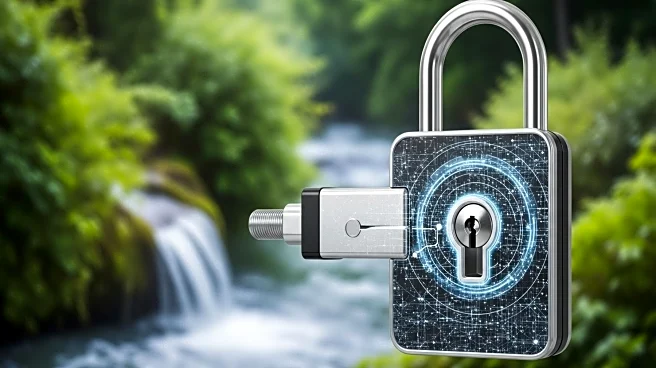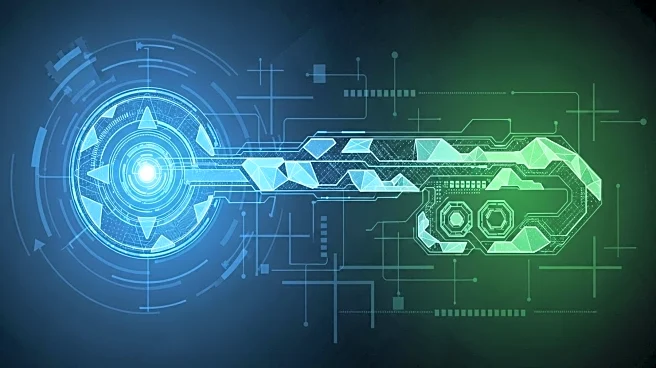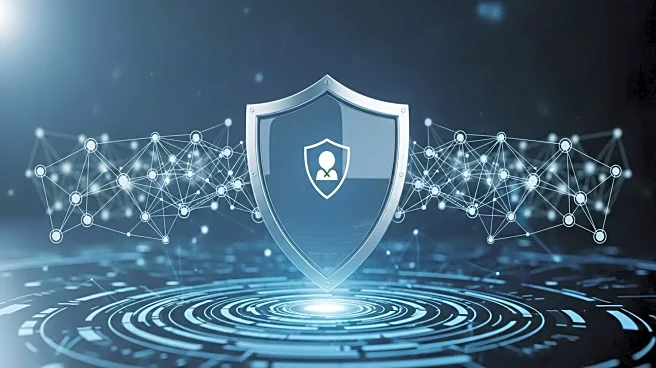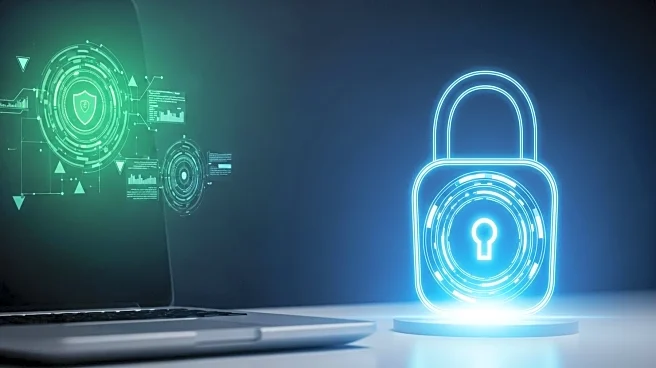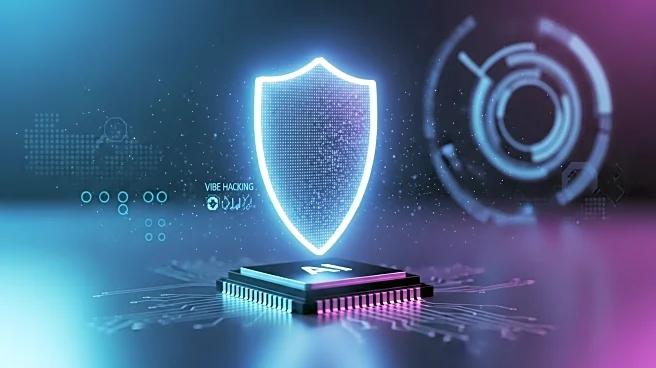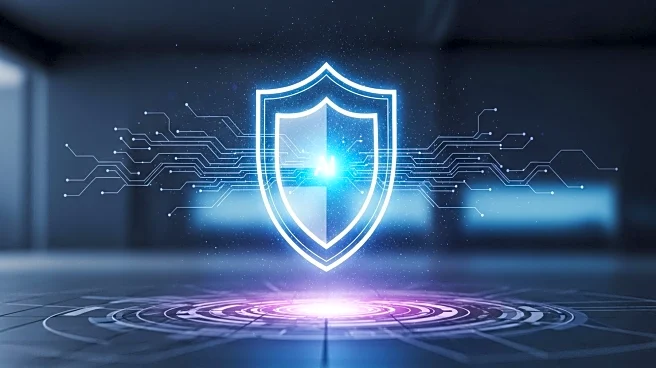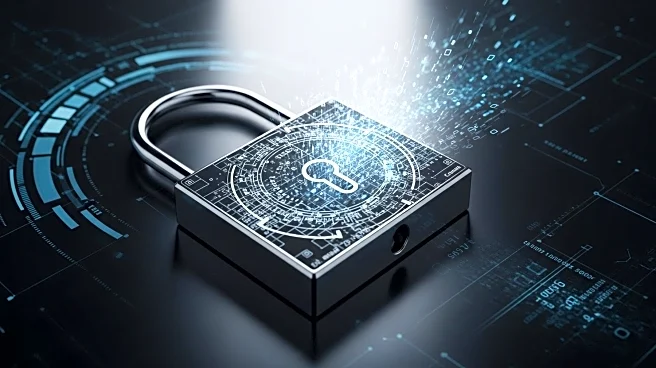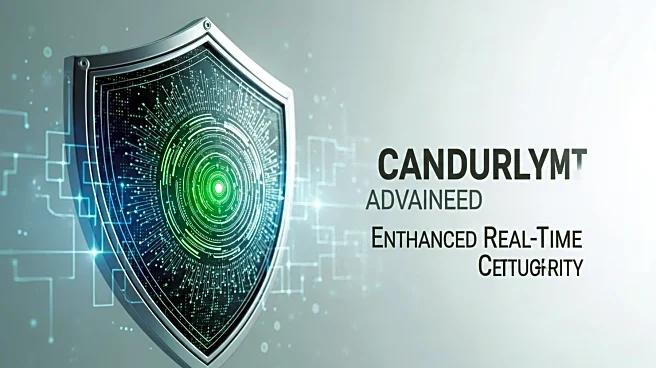What's Happening?
A recent study published in Nature introduces a novel cryptosystem designed to enhance image security using a modified 5D chaotic system. The research, conducted using MATLAB R2024a, involved testing the cryptosystem on various image types, including DICOM, satellite, fingerprint, and QR code images. The study focused on evaluating the encryption algorithm's resistance to statistical, differential, and brute force attacks. Key findings include the algorithm's ability to maintain uniform pixel distribution in encrypted images, reducing susceptibility to statistical attacks. Additionally, the cryptosystem demonstrated low correlation values between adjacent pixels, indicating high encryption quality. The study also assessed entropy values, chi-square tests, and differential attack metrics, confirming the algorithm's robustness and effectiveness in securing images.
Why It's Important?
The development of this cryptosystem is significant for industries reliant on secure image transmission, such as healthcare, biometric security, and digital payments. By ensuring high encryption quality and resistance to various attacks, the cryptosystem can protect sensitive information in medical images, fingerprint data, and QR codes used in financial transactions. The algorithm's robustness against brute force attacks, with a key space larger than 2128, further enhances its applicability in real-world scenarios. This advancement in image security technology could lead to improved data protection standards across multiple sectors, safeguarding privacy and preventing unauthorized access.
What's Next?
The study suggests potential applications of the cryptosystem in healthcare for encrypting DICOM images, enhancing medical image security. It also highlights its use in biometric security for fingerprint authentication and digital payment systems utilizing QR codes. Future research may focus on optimizing the algorithm for faster encryption and decryption times, making it more suitable for real-time applications. Additionally, exploring its application in geospatial data security, particularly for satellite images, could further expand its utility in protecting sensitive information.
Beyond the Headlines
The cryptosystem's reliance on a chaotic system introduces ethical considerations regarding the balance between security and accessibility. While enhanced encryption protects privacy, it may also complicate data access for legitimate users, necessitating careful implementation. Furthermore, the algorithm's effectiveness in resisting differential and brute force attacks underscores the importance of continuous innovation in cybersecurity to address evolving threats. As technology advances, maintaining robust security measures will be crucial in safeguarding digital assets and personal information.
